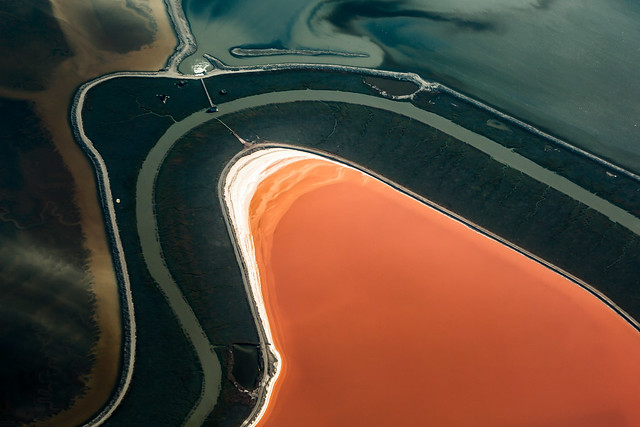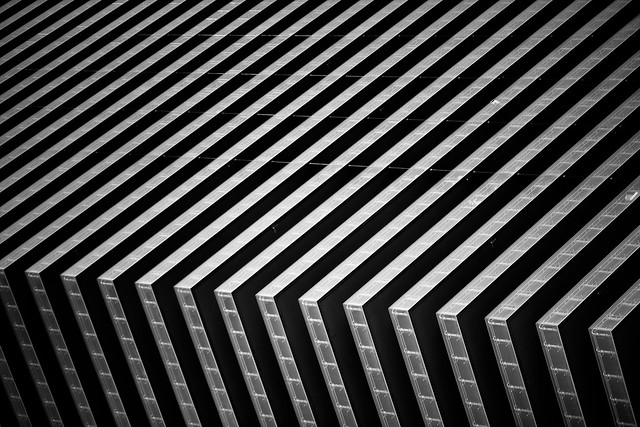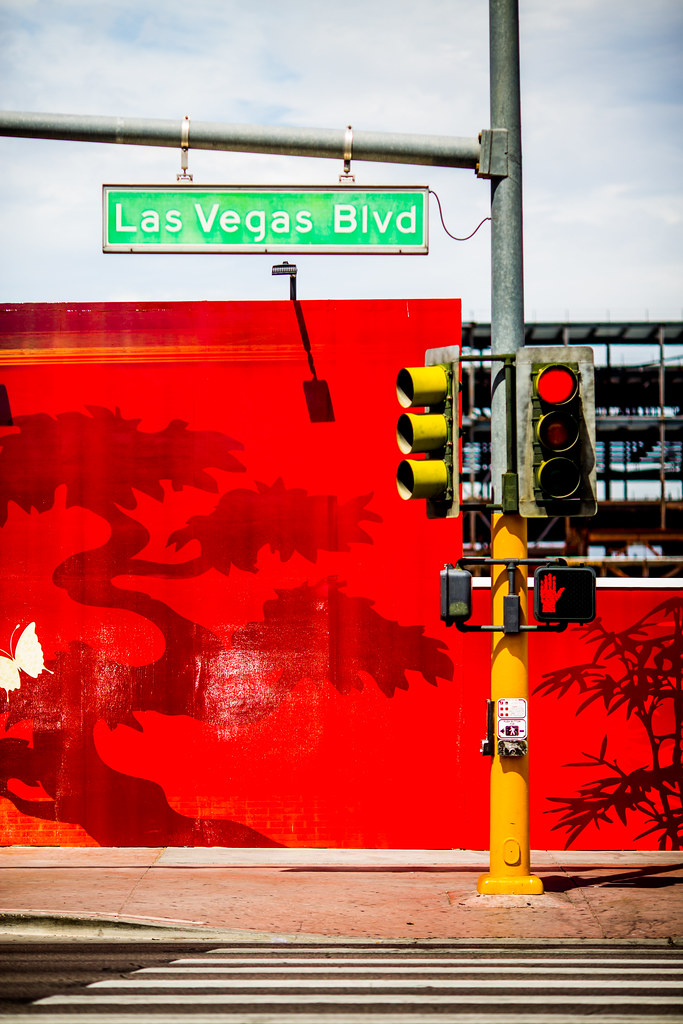You might have seen photos in nature magazines or websites with silky-smooth water effects cascading over rocks, branches, and trees. Have you also wondered how in the world the photographer was able to capture such beautiful images?
For years I thought these types of images were the purview of professional photographers armed with an arsenal of digital tricks and camera tweaks that I would never be able to learn. But in reality, it’s quite simple to make images like these.
You don’t need any computational wizardry or mystical skills, and once you pick up a few basics you can start creating beautiful smooth-water photographs in no time at all.

Limiting the Light
To start with, the goal here is somewhat counterintuitive compared to a lot of other types of photography. Instead of letting in as much light as possible, the goal with smooth-water pictures is to let in the smallest amount of light in order to allow your shutter to remain open as long as it can. This requires a couple of settings on your camera as well as, in most cases, a very inexpensive piece of gear.
When you take a picture at a high shutter speed of 1/125th or 1/500th of a second it’s fast enough to freeze motion and allow you to get a blur-free picture of your subject. This is usually a good thing except when cascading water is involved, as freezing the motion is the opposite of what you are trying to do. Limiting the light allows the water to create motion trails and also adds an entirely different tone to the image, often one of peace and tranquility.
The following two images illustrate what I mean. This first one was taken at 1/60th of a second.

1/60th of a second. Some motion trails are present but the image doesn’t feel calm, and also lacks a focal point.
The next one was taken with a much slower shutter speed and feels like an entirely different picture.

What you need to do
In order to cut down on the incoming light and also make sure you are getting the best images you will need to do the following:
- Shoot in Manual Mode so you can force your camera to do what you want, not what it thinks you want. Using Auto or semi-auto modes (P, Av, Tv, A, or S) will usually not work for these types of shots.
- Shoot in RAW so you can tweak your image afterward. It’s difficult to get smooth-water photos just right straight out of the camera and it’s nice to be able to tweak things to your liking.
- Use a small aperture. Not necessarily the smallest aperture your lens allows, because this can sometimes cause image quality to deteriorate due to light diffraction, but a value of around f/11 or f/16 should be fine.
- Use the lowest native ISO value for your camera. This will let you use slower shutter speeds while also giving you the cleanest, sharpest image possible.
- Use the slowest shutter speed possible without overexposing the image too much. If you’re using RAW you can probably overexpose by one stop and recover things in post-production. But much more than that and you’re going to blow out all your highlights.
- Put your camera on a tripod to minimize any shake or wobble from your hands. My favorite is the Joby Gorillapod since it lets me position my camera using just about any available surface, and allows me to get nice and close to the water as well.
Neutral Density Filters
Even with all this, it’s difficult to get a slow enough shutter speed to really create some good smoothing effects, and the solution is to use a Neutral Density filter. This is an inexpensive attachment that screws on to the front of your lens and cuts down the incoming light.
I like to think of it as putting sunglasses on your camera. This is the secret to getting the type of silky smooth water effects you have always admired but never knew how to create on your own.

Here, a long exposure of 1-second not only smoothed the water in the fountain but evened out the surface of the pond as well.
There are many different kinds of ND filters that block varying levels of light, but my recommendation for smooth-water images is one that blocks 3 or 6 stops of light. Others are available but they block so much light that it’s difficult to get your exposure settings right.
You can find ND filters at any camera retailer but the key is to get one that fits your lens. Look on your lens cap to find the thread size. It will usually be the Greek letter phi followed by a number, such as 53mm or 58mm.
ND filters often come in packs of two or three. While these cheaper ones aren’t going to produce the absolutely highest-quality results they are a fantastic and inexpensive way to get started.
Getting the Shot
I enjoy creating silky smooth water images on cloudy days since it means even more light is blocked – almost like nature’s own ND filter. Morning and evening are good times to shoot as well. But any time of day will work as long as you can get slow shutter speeds using a small aperture, low ISO, and an ND filter.

2 seconds. The long exposure time really helped create a sense of motion in the background while the leaf in the foreground serves as a focal point for the viewer.
Use Live View
I like to use Live View when preparing my shot since I can adjust the exposure parameters and see the image lighten or darken in real-time. But if you are using an optical viewfinder just pay attention to your light meter and you should be fine.
When your camera is ready and you have your shot composed, use your camera’s self-timer so you don’t add any shakiness to the image with your fingers when you press the shutter.
This method can also be used for adding a layer of gloss to moving waters, which is a fun way to add a bit of a creative element to pictures taken at the beach. The difference is that instead of trying to get pictures that show the motion of water, you are trying to make the water as smooth as possible.

At 1/90th of a second, the water is full of ripples and small waves.
Limiting the amount of incoming light by using the techniques above (small aperture, low ISO, and ND filters) I was able to virtually eliminate the appearance of imperfections on the surface of the water.

6 seconds. In addition to the surface being smooth, a host of large and small rocks are now visible which creates an additional almost otherworldly feeling.
Conclusion
Creating these types of images can be addicting! Once you get the hang of it, you may want to spend all day seeing what you can create with your camera. It doesn’t take much, but it opens up a whole new photography frontier that can be extraordinarily enjoyable and highly rewarding.
The post How to Create Silky Smooth Water Effects appeared first on Digital Photography School.










You must be logged in to post a comment.